CTE Teachers | Health Science | Teaching Strategies
Top 7 Tips for New Health Science Teachers from Real CTE Educators
In working with thousands of CTE health science teachers across the US, we have heard many stories about the first year as a new teacher. The challenges range from unengaged students to poor classroom management.
Here’s one of the many stories we have heard about a new health science teacher’s first experience:
“I didn’t know what I was doing and I’m like, ‘You guys expect me to know how to do this? I don’t know that you’re supposed to have a grade in every week, no one told me that. I’m supposed to have an essential question and an “I will” statement. How do you create an essential question? What do you do? What is a standard?’”
- Shurene Major, West Port High School, FL
Have you had similar feelings to Shurene’s?
You are not alone. Both in feeling that way, but also as a health science teacher!
Thousands of health science teachers have been there before and gotten past the tough learning curve.
That’s why we’ve compiled a list of advice from real health science educators who were in your shoes once upon a time.
Hopefully these words of wisdom will make your first year easier and less stressful, so you can focus on what’s important: preparing the next generation of health care workers.
Related Resource: 4 Ways to Save Time as a New Health Science Teacher
1. Learn About Student Goals
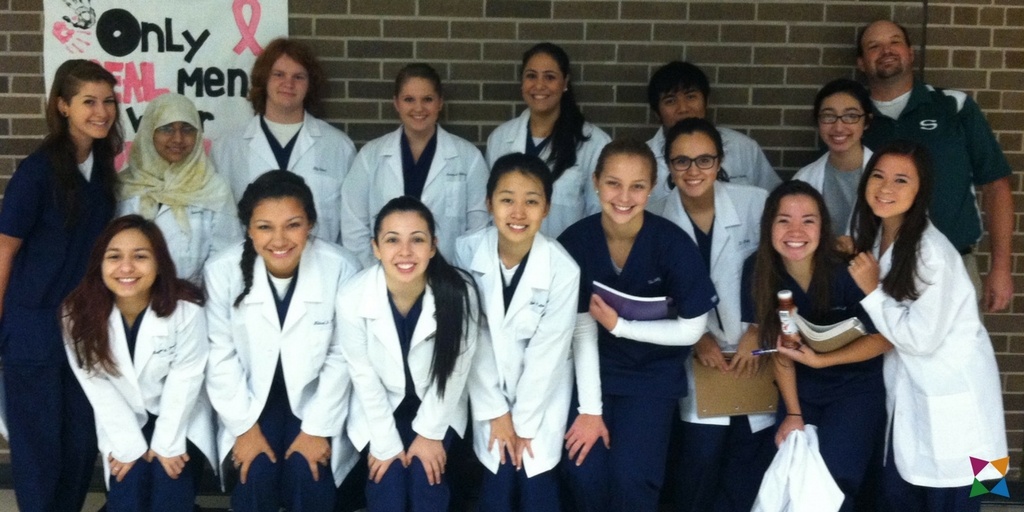
It can quickly be overwhelming to figure out where to start with a new group of students. You need to find a balance of meeting standards and preparing for certifications with inspiring your students to work in the health care field.
One way to start off on the right foot is by asking students about their health care career goals.
Sean Plake of Stratford High School in Texas loves doing this with each new class.
“My greatest success in the classroom over the years has been watching the students become successful after high school and achieving their dreams that were just notes on a piece of paper during their sophomore and junior years.”
By asking students to write goals down, you accomplish two things:
1. You learn about your students
2. You help them focus on what they need to do in your class
Both of these ultimately build a better classroom experience for you and your students.
2. Observe Veteran Teachers
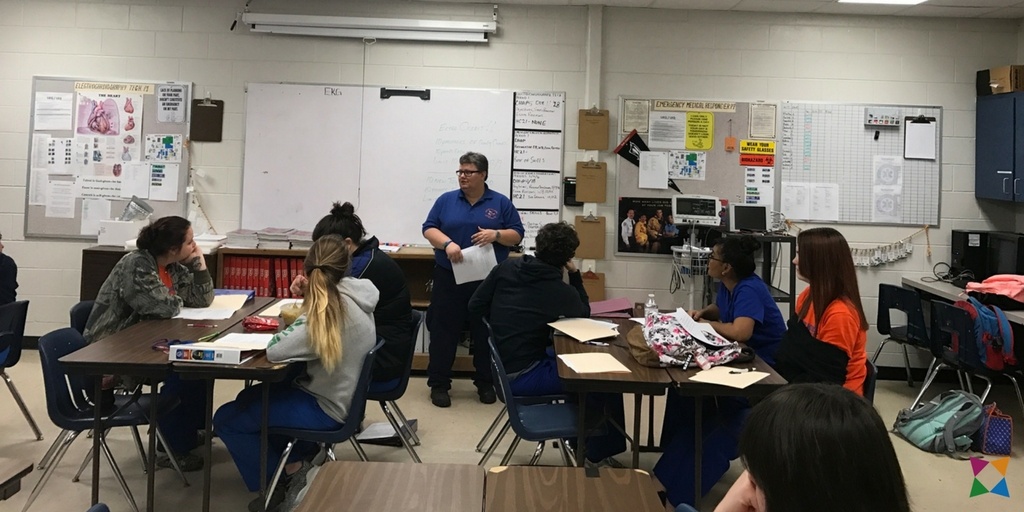
While you’re an expert in health care, it’s a good idea to find someone who’s an expert in teaching.
Observing a veteran teacher shows you how to navigate the ins and outs of the school day, especially classroom management.
Julie Connolley, the health science supervisor for Marion County Schools believes this is key for new health science teachers.
“It’s not the content they need help with. It’s classroom management. I give teachers ideas. I go into their class and if a kid is driving them crazy, I’ll say ‘Send them over to a neighbor for a while. Give them some work to do.’ and the teacher will say ‘We need voices of experience giving us these ideas!’”
If you are lucky enough to have a supervisor like Julie, take advantage of it!
If not, connect with a teacher who has been at your school for a while.
Keep in mind — that person doesn’t need to be a health science teacher. Great teachers will be more than happy to help you get up and running.
3. Find Other Health Science Teachers
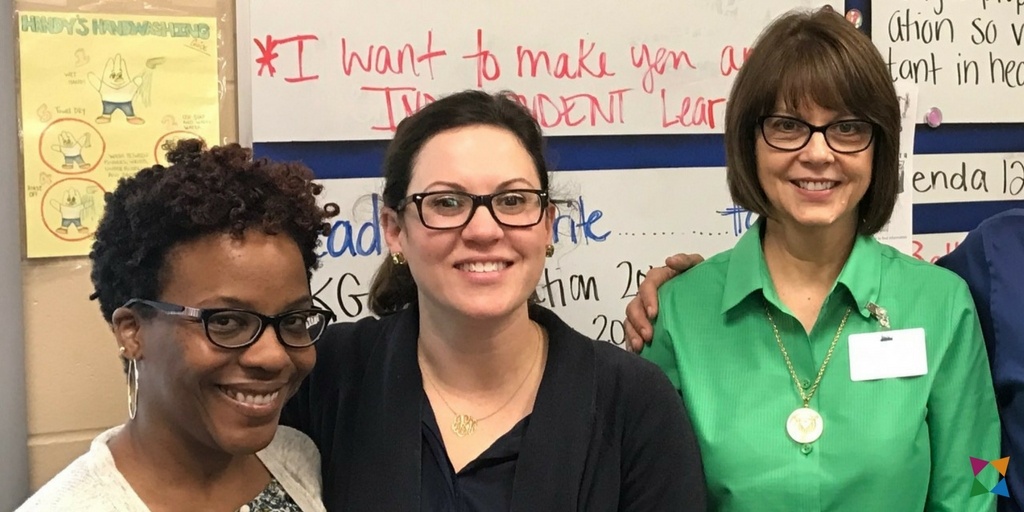
If you’re like most health science teachers, you’re working alone in your department. Very few high schools or CTCs have more than one health science instructor, which means you can quickly feel alone among other teachers.
Shurene Major said working with another health science teacher was practically essential for her success.
“Use all of the resources you can, meaning other teachers. When I first started I was calling and emailing my mentor so many times it was crazy. Have someone actually sit down and explain things if possible.”
If you don’t have other health science teachers in your school, you can connect with others in your district or area. Talk to you district CTE Director and find out if there’s an easy way for you to meet up with some at other schools.
Paige Shoup from Kiamichi Technology Center in Oklahoma looked for health science teachers at other schools.
The resulting connections made a big difference for her.
“When I was new, I networked with other campuses and went to visit other health careers classrooms. That helped immensely. I’ve found that all of the teachers in the district are willing to share their curriculum and share their ideas. And I’ve found that going to see how other people work helped me see how I wanted to do it.”
Meeting up with other health science teachers can help in two ways.
First, these teachers have been in your shoes and know the challenges you face as a new health science teacher. They can give you some great ideas for teaching strategies, lesson topics, and syllabi.
Also, you create a community of health science teachers that can support each other. You’re all in the same boat, so having each other to bounce ideas off of or get help from is invaluable.
Once you’ve taught for a few years, you can connect with new health science teachers to help them too!
If meeting in person just isn't feasible with your already packed schedule, there is one last option to try.
Join an online group dedicated to collaborating with other health science instructors! In an online community, you'll be able to ask questions and share ideas all from the comfort of your couch and without wasting time trying to schedule an in-person meet up!
4. Mix Up Your Teaching Strategy
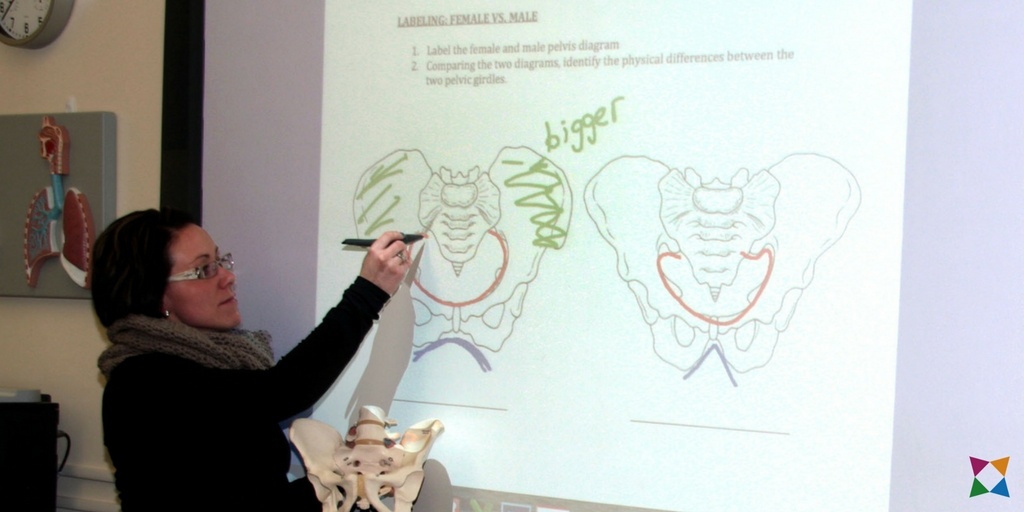
Teaching strategies let you try different ideas in the classroom to find the techniques that best work for your classroom. Often, the challenges facing health science teachers include a wide range of students who don’t engage with class material.
Patricia Smith has been a health science teacher for over 28 years, and she tries new teaching strategies in the same class year after year.
“I never teach the same way twice, and that’s after 28 years. I have to weed out things and rearrange things because they change. I feel like I’ve always been the type of teacher that will pull from many different resources.
Just trying to get something new and different that will spark some interest that will keep my kids from dozing off in class.”
Using blended learning not only keeps students engaged, but also meet their unique learning needs.
You may find that differentiating your instruction by incorporating blended learning is just the right fit for you and your students.
5. Embrace the Teacher Within
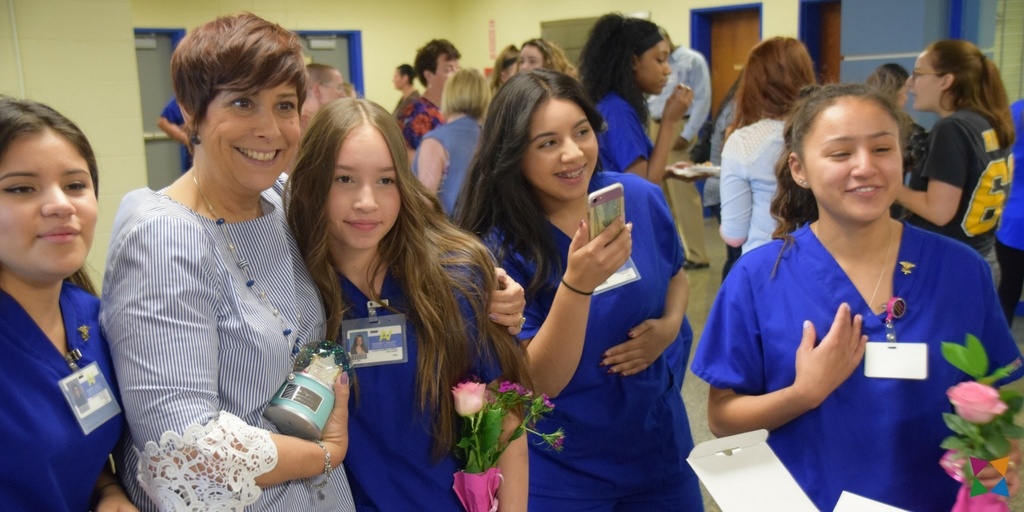
When you work in health care, you naturally become a teacher. You may not think of these moments as “teaching,” but you’ve taught patients, loved ones, and probably other health care professionals.
“You just don’t realize that you’ve done it all along… in medicine you are a teacher because you’ve been a patient educator your whole career.”
- Julie Connolley, Marion County Schools, FL
Think about the last time you educated a patient on something.
How did you present the concept to the patient? What helped them understand? What questions did they ask after you finished explaining?
Reflecting on these questions is the perfect starting point for planning your classroom teaching strategy. Teaching a classroom is just like teaching in a medical office or a hospital.
But instead of teaching patients, now you’re teaching the next generation of health care professionals!
6. Be Patient
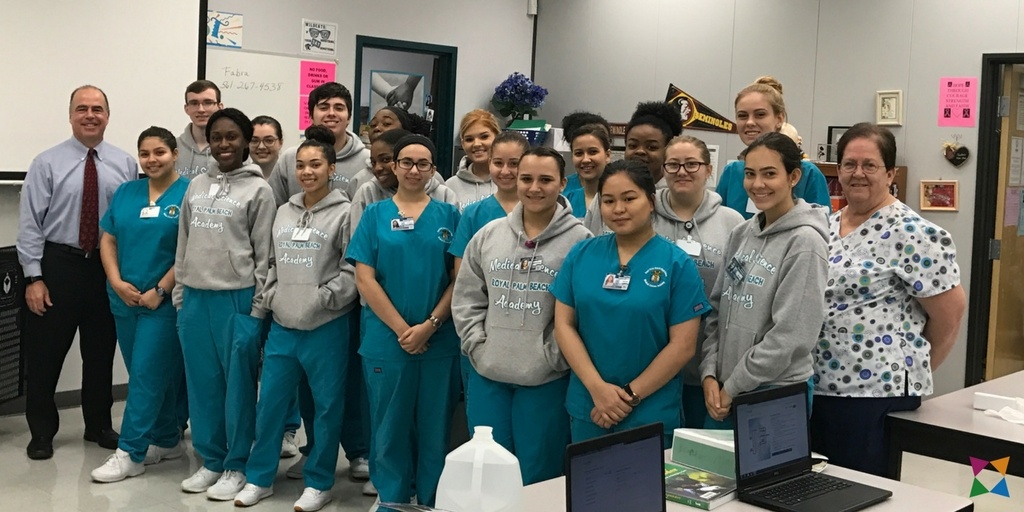
No matter how you start your teaching career, you’ll need to be patient. You’re in a new stage of life, and there’s a lot to learn.
But thousands of amazing teachers have been in the same place! It just takes time.
“At the beginning, it’s very overwhelming, and I think a lot of new teachers feel that. I would just say that they have to give it time for it to get better so they can find their own way of teaching.”
- Tasia Brand
“The first year is tough, but you have to give it time. It’s wonderful because you have your own area, your own classroom, and your own students. You can develop your curriculum to fit your students’ needs, and that is very rewarding. If you help one student to succeed, then you’ve really done a lot for that one person.”
- Paige Shoup
7. Try a Digital Health Science Curriculum
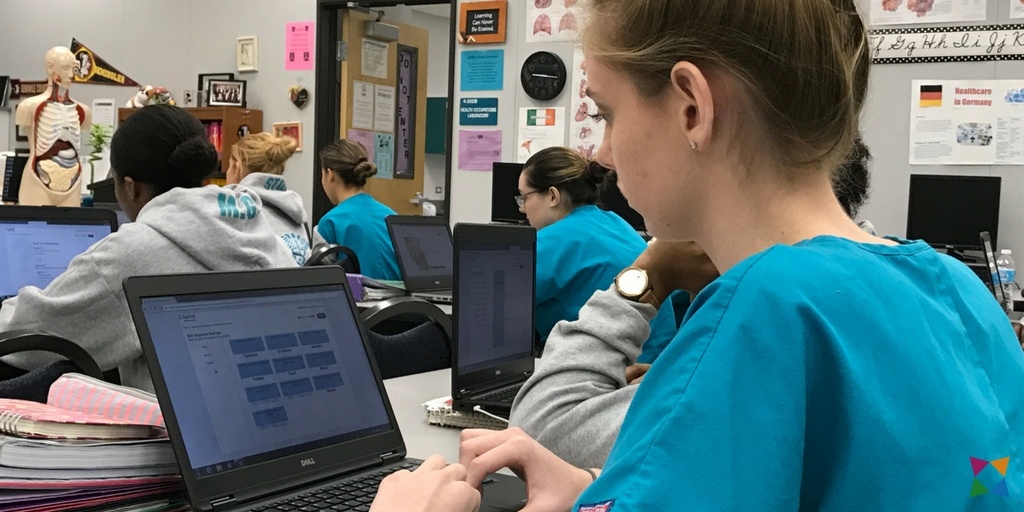
Some CTE health science teachers use digital curriculum to help them overcome challenges in the classroom.
But don’t just take our word for it – thousands of teachers are succeeding with digital curriculum and think you should try it out!
“I would tell a new teacher to just try it! Once they see the lesson plans, PowerPoints, students worksheets, role-playing skits, the ability for students to have content read to them, how it checks their knowledge, grades quizzes… need I go on!?
I was nervous to try HealthCenter21 but am so glad I did!”
- Darlene Drake, Susquehanna County CTC, PA
A digital curriculum like HealthCenter21 can help you save time, engage students, and better manage your health science classroom.
To learn more about how digital curriculum can make your first year easier, check out HealthCenter21!

